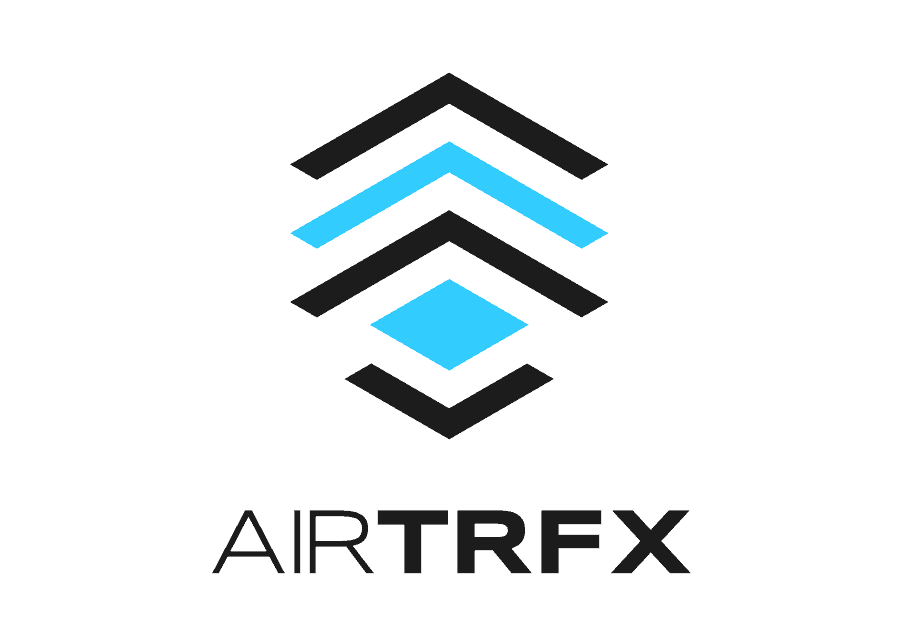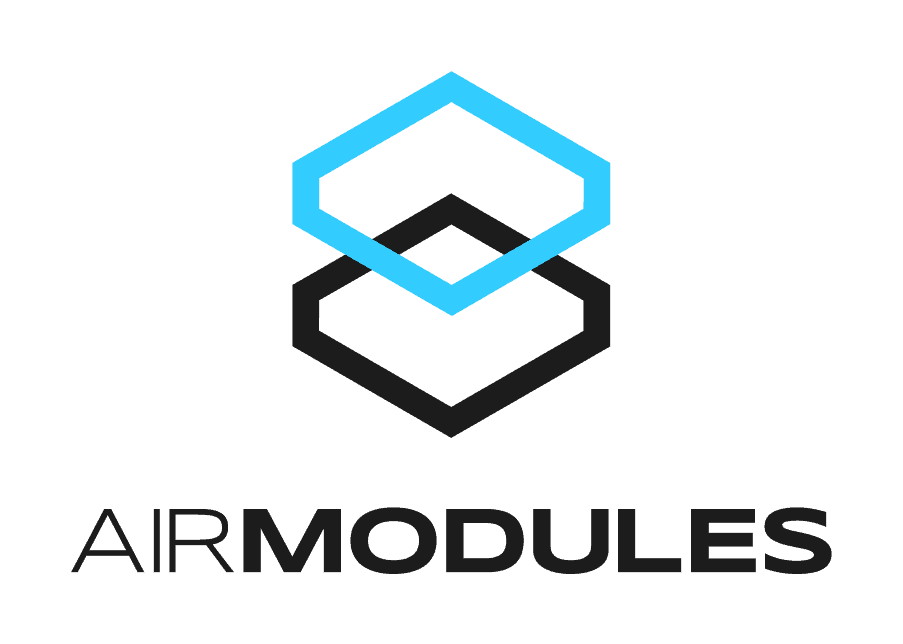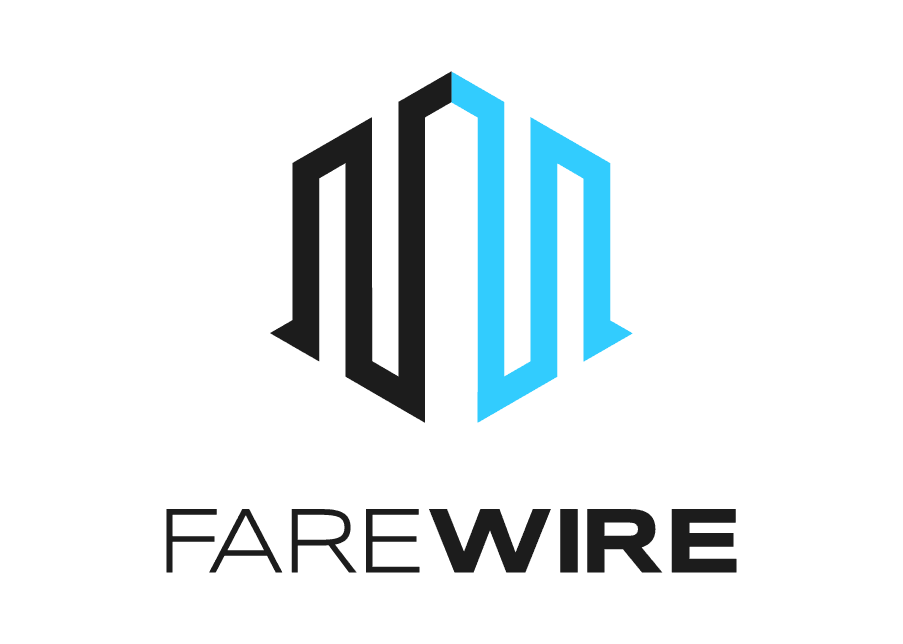Sell Reopened Routes
EveryMundo Restart & Reacquire Playbook
Strategic Fare Marketing, One Route at a Time
Reopening strategic routes and increasing incremental sales
The airline playbook for sales of a newly launched route usually requires heavy media expenditure in the strategic markets, upper-funnel online advertising, and distribution. However, in this time, reopening previously flown routes and increasing frequencies will require more immediate, cost-effective tactics meant to minimize media spend and drive direct channel sales to avoid higher cost distribution channels.
Airlines will need to invest in performance direct marketing like SEM and email to ensure maximum load factor at the lowest cost possible. This includes reviewing prior cost of sales targets. Most sales during the Restart will be incremental.
Products that drive awareness & conversions
airTRFX helps communicate new routes by launching landing pages per route, and improves conversions by displaying the real-time lowest available fare for every route. Airlines can create pricing widgets with new routes for custom pages related to COVID key messages to streamline communications with customers.
airModules enable flight booking from every page to shorten the path of purchase. Airlines can externalize pricing modules on partner websites. The Low Fare Map airModule showcases the airline network to raise awareness of coverage, while improving conversions by providing the real-time lowest available fare.
airSEM helps airlines forecast demand for every route using insights from Google Ads impression share indicators.
Airlines can use airSEM to manage communications in ad extensions to promote new routes and the lowest available fare, all updated in real-time.
With FareWire airlines can maximize their available resources for higher efficiency for real-time fare communications.
FareWire enables airlines to manage audiences and database to communicate new routes in email and display, and ensure that the lowest available fare is displayed consistently.
Rethink the KPIs and focus on Cost of Sale Targets
Sales targets and budget planning was typically determined by historical data and a stable market. This is no longer applicable, not at least during the restart phase. Revenue and specific budgets for media channel and marketing strategies are meant to be for a predictable market only. That being said, shifting to a mindset of Cost of Sale targets for every new strategy will be crucial going forward.
Cost-efficiency will be critical during the Restart, together with an assessment of incrementality and the right price to pay for it. In a low load factor environment, airlines must reset the cost of sales expectations in pursuit of load factor. Any new ticket sold at the moment will be considered as incremental, given planes are empty both in the skies and on the ground, so airlines should do whatever possible to make sure they are filling those seats.
Incrementality of a sale right now is much, much higher than in the past, and will remain so for a while. That means the airline needs to assess the variable cost of a passenger; the fixed costs of putting a plane in the air will happen no matter what, so what is the true gross profit of each passenger that buys a flight?
Set up flexible Cost of Sales targets that will help reacquire new customers. In addition, airlines will need to change the monthly mindset to a weekly mindset. Demand and yield will be changing constantly, therefore we need to reevaluate goals every week.
Focus Resources on Strategic Routes
Once the strategic routes have been identified according to demand, airlines should promote those routes across their marketing channels to drive conversions and direct channel sales. At a moment when the time and availability of e-business teams are more valuable than ever, using technology to manage content creation and Web promotions is essential. Having the online store ready to sell by utilizing scalable landing page creation and real-time prices is key. By using scalable systems, airline teams focus resources on other contingency related tasks.
Tactic 1: Scale Landing Page Creation
Tactic 2: Promote Real-Time Fares in Strategic Campaigns
Tactic 3: Protect your brand by avoiding irrelevant traffic
Tactic 4: Revisit search queries to negate non-performing terms
Tactic 5: Optimize audiences considering purchase intent & time frame
Tactic 1: Scale landing page creation
Use airTRFX to create landing pages in a scalable way. Also, gain time when configuring the destinations and prices that will be included in the promotional deal pages by using pricing modules such as ready to use histograms, fare grids and lists.
Leveraging real-time fare technology will ease the process by auto-populating prices on pages and modules, reducing time to publish pages and promotions, while reducing chances of errors in fare publishing.
Watch: The airTRFX Fare Marketing System
Tactic 2: Promote Real-Time Fares in Strategic Campaigns
During the restart and recovery phase, airlines should start reactivating campaigns for the top strategic routes based on volume search data, and add additional new routes as they are reopened.
If paid campaigns are paused, airlines should reactivate the ones that pertain to the strategic routes. Airlines can easily adjust their paid search offering with airSEM, and include dynamic price insertion of the lowest available fares in real-time for every advertised route.
Airlines should redirect non-branded campaigns to the specific relevant landing page of airTRFX in order to display the lowest available fare with consistency in both places: ad copy and landing page. airDPI enables the lower fare per route, updated in real time.
Paid Search Ad on Google with airDPI dynamic price insertion

airTRFX landing page with the real-time fare matching the Paid Ad

Tactic 3: Protect your Brand by avoiding irrelevant traffic
Airlines should protect their brand by reviewing their impression share in branded campaigns. Prevent the budget from going to irrelevant searches by adding negative keywords and display locations related to COVID-19. Negative Keywords are meant to aviod capturing traffic from search terms you do not want associated with your brand.
Expand your negative keywords: we recommend airlines exclude as phrase match the following keywords across all campaigns:
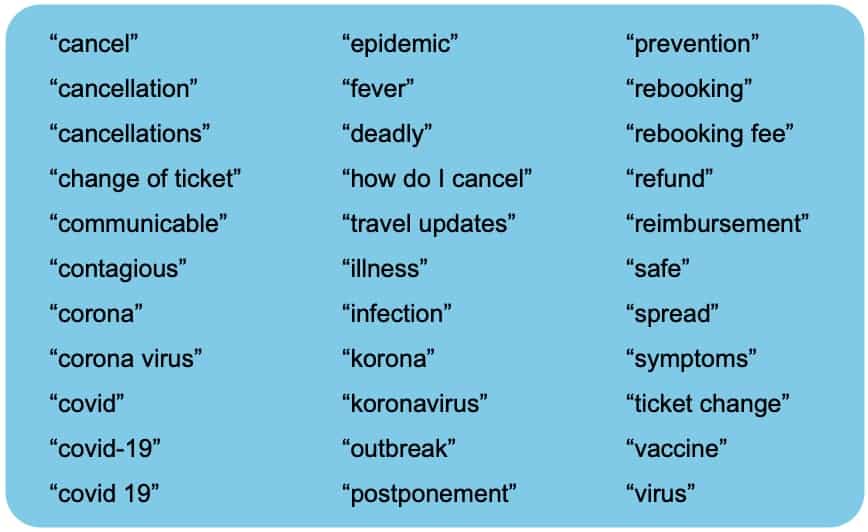
Tactic 4: Revisit search queries to negate non-performing terms
Review your search term reports regularly and prevent the budget from going to irrelevant searches.Use additional tools such as Google Trends to identify the most searched terms related to COVID-19 and proactively exclude these from your SEM Campaigns.
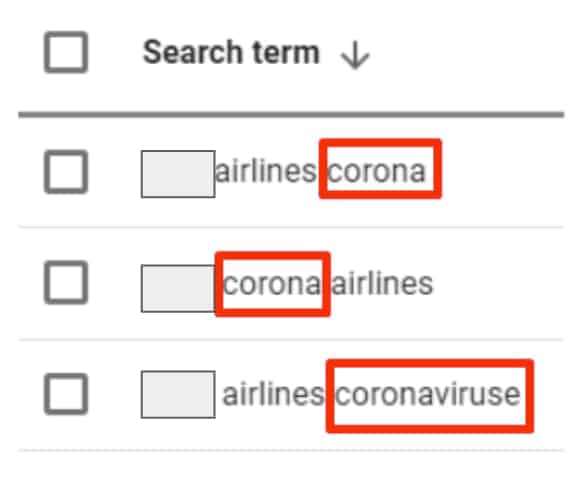
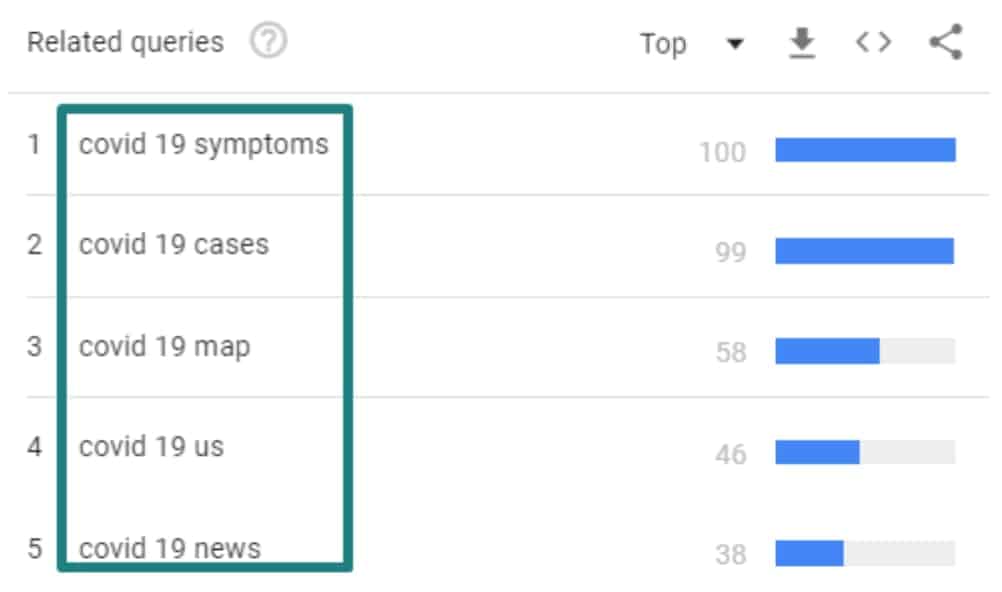
Tactic 5: Optimize audiences considering purchase intent & time frame
Purchase intent is significantly impacted everyday due to changes in airports closing, new routes cancelled, and less demand overall.
Airlines should consider reducing bid adjustments on remarketing audiences that are more than 30 days old. These audiences might not be relevant at this point considering the shift in market trends and demand due to COVID-19.
Increase bids on remarketing lists to retain recent users that have purchase intent and are doing flight searches on the booking flow.
Example of Audiences and Bid Adjustments based on website’s purchase intent:

Promote Domestic Routes First
As travelers return during the Restart Phase, the first to return will be for domestic flights.
Domestic markets are more resilient as international markets are affected by national restrictions on travel. Review the Search Volume Dashboard and Actionable IBE Dashboard constantly to get real-time insights about the most strategic routes.
Based on data from Search Volume Dashboard, create a custom page displaying the top routes and those recently reopened, promoting the lowest available fares with the pricing modules. airTRFX powers the creation of custom pages dedicated to the reopened routes that focus on driving direct conversions with higher efficiency.
For airlines with light or non-existent domestic markets, review the Search Volume Dashboard for regional and international routes that are showing signs of demand.
Tactic 1: Create Landing Pages for Domestic Routes
Tactic 1: Create landing pages for Domestic Routes
Airlines can prepare for restarting their domestic travel by creating Custom Pages for domestic routes. Using airTRFX Control, airlines can create an unlimited number of Custom Pages with real-time fares for every route in their network.
On the Custom Pages airlines should include a Custom Fare airModule that is pre-populated with future dates to encourage visitors to think further into the future when looking for a flight.
In the image to the right, LATAM is using a Custom Page and a Custom Fare airModule to promote domestic travel in the country of Peru.
Note: User Search Data from these airModules can be used to show which routes and dates are most popular and can provide insight on future demand.
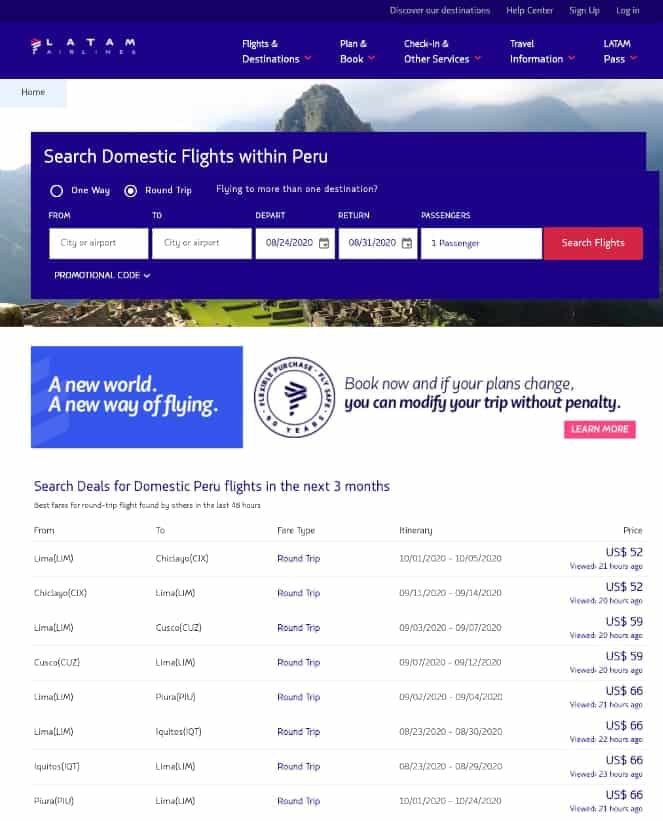
Tactic 2: Communicate your current offerings to push demand
Include in your Ad Copy messages that highlight refundable fares, travel insurance, or “travel with confidence” and changes/cancellations options. airSEM enables airlines to easily manage their ad extensions to increase route policy awareness in Paid Ads.
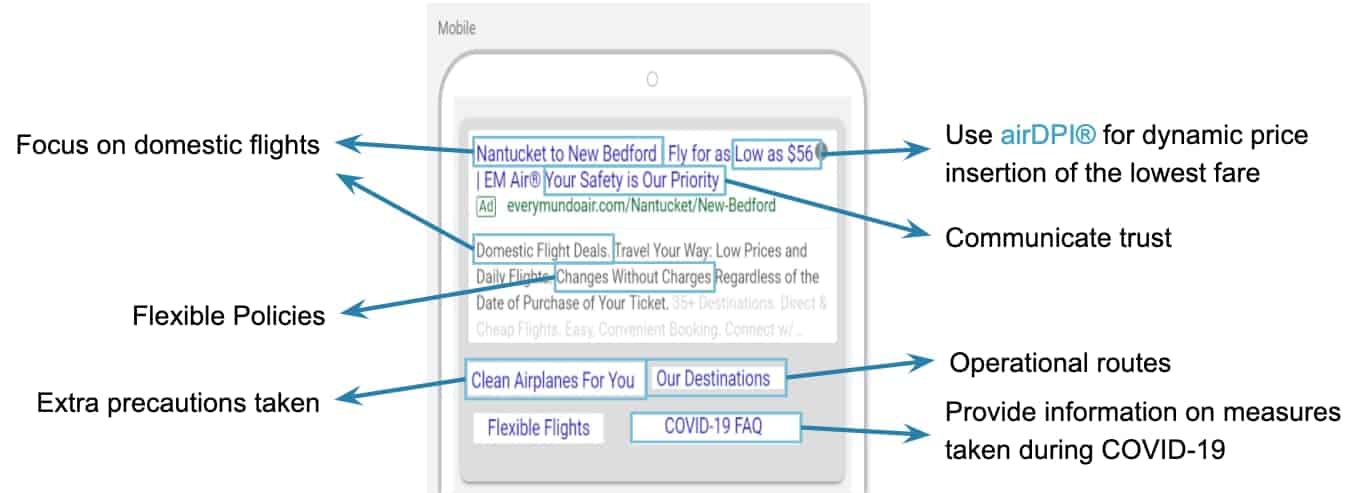
Goal 4: Communicate Route Availability with Customers
Increase visibility of new routes to drive demand using the following tools:
Tactic 1: Increase Visibility and Traffic with airTRFX
Tactic 2: Shorten the path of purchase and add strategic airModules
Tactic 3: Use Ad Extensions in Paid Campaigns
Tactic 4: Drive traffic with FareWire
Tactic 1: Increase Visibility and traffic with airTRFX
airTRFX automatically delivers an unlimited number of high-performance landing pages with real-time fares for all routes in an airline’s route network. These pages are ideal for digital marketing campaigns to funnel customers from ads or email campaigns directly into the booking funnel. airTRFX generates pages in every language and currency the airline supports, enabling the pages to be used in highly targeted campaigns based on market location.
Make it easy for passengers to find out the latest status of any route in your network by posting operating or reopened routes on a custom page. airTRFX enables airlines to easily build pages to suit any need.
In the example to the right, Kenya Airways uses an airTRFX custom page to post up-to-date route status and other COVID-19 information. Pages like this communicate both:
- Operating Routes: Clear visibility on the website regarding the available routes and country travel bans.
- COVID-19 Updates: Use airTRFX to quickly and easily build custom pages regarding health, hygiene, and policies.
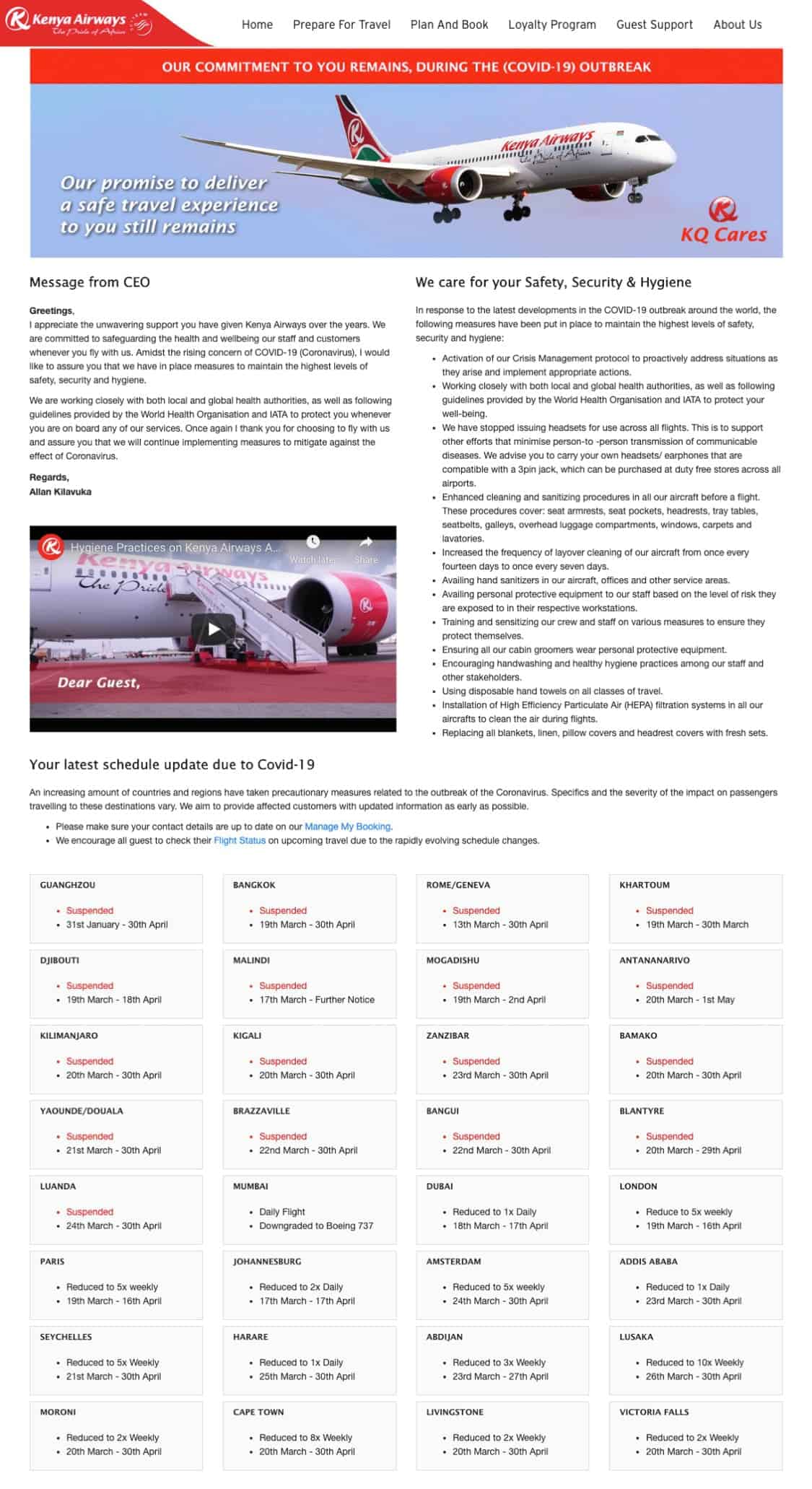
Tactic 2: Shorten the path of purchase and add strategic airModules
Step 1: Make every page a Flight Booking Page
Increase direct conversions by placing the Flight Search Panel on to additional pages, across both owned and external websites. Enable visitors to immediately initiate flight search,entering the booking engine directly and removing additional steps that might distract the customer from purchasing.

Step 2: Display the lowest available fares on any page
airModules are conversion-oriented flight search tools with real-time fares that can be deployed on any web page. Use them to communicate the lowest available fares for new routes in pricing modules within the website or external placements on other websites.
Select specific routes to display your lowest real-time fares and customize results by origin, destination, budget, travel dates, and cabin class. The EveryMundo airModule library is constantly growing and includes a variety of designs and additional features that can be customized to flow seamlessly with any brand guidelines. All airModules come with device responsive design, analytics integration, and reporting without the need for IT involvement to launch or manage. View more of our airModule designs >
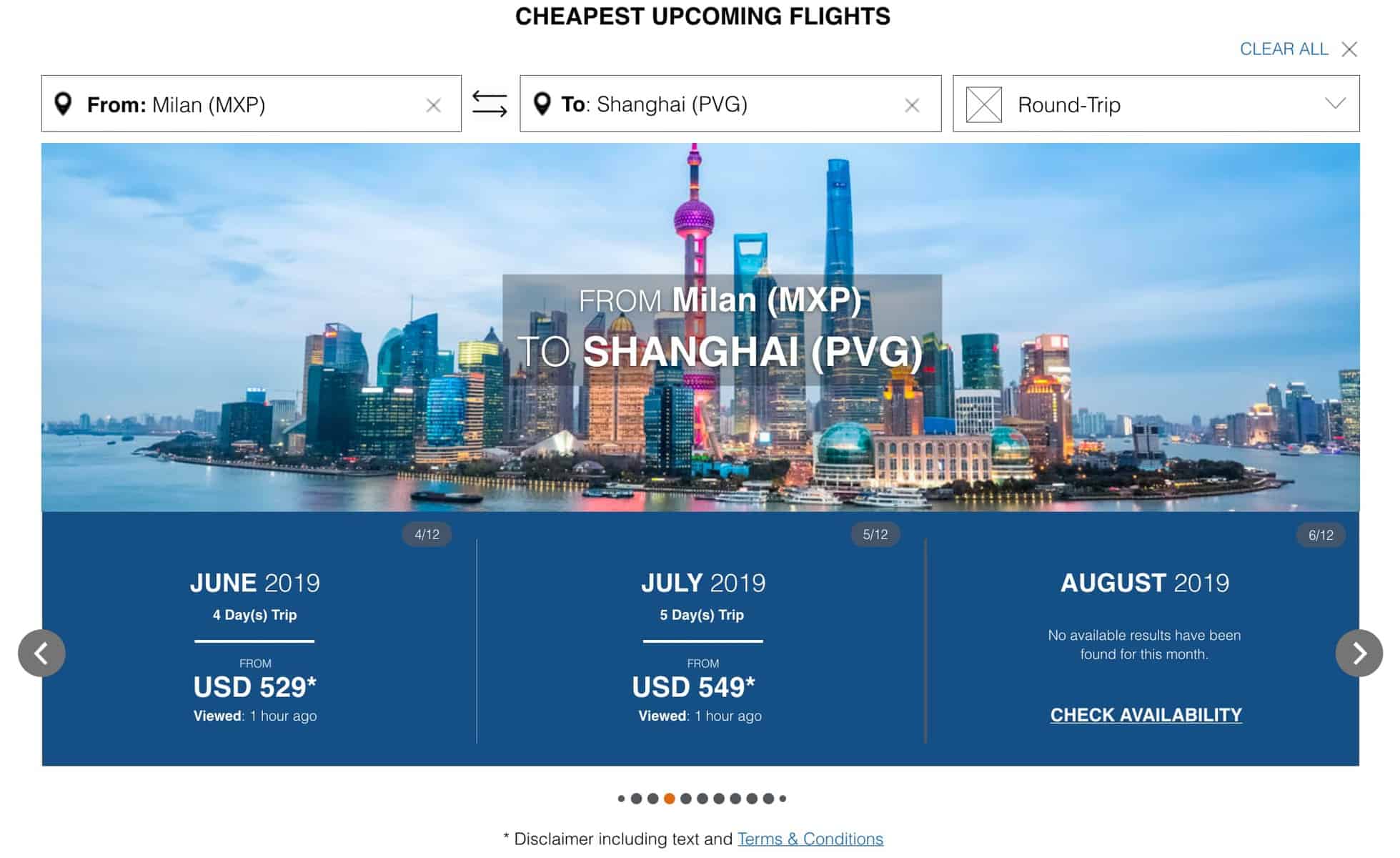
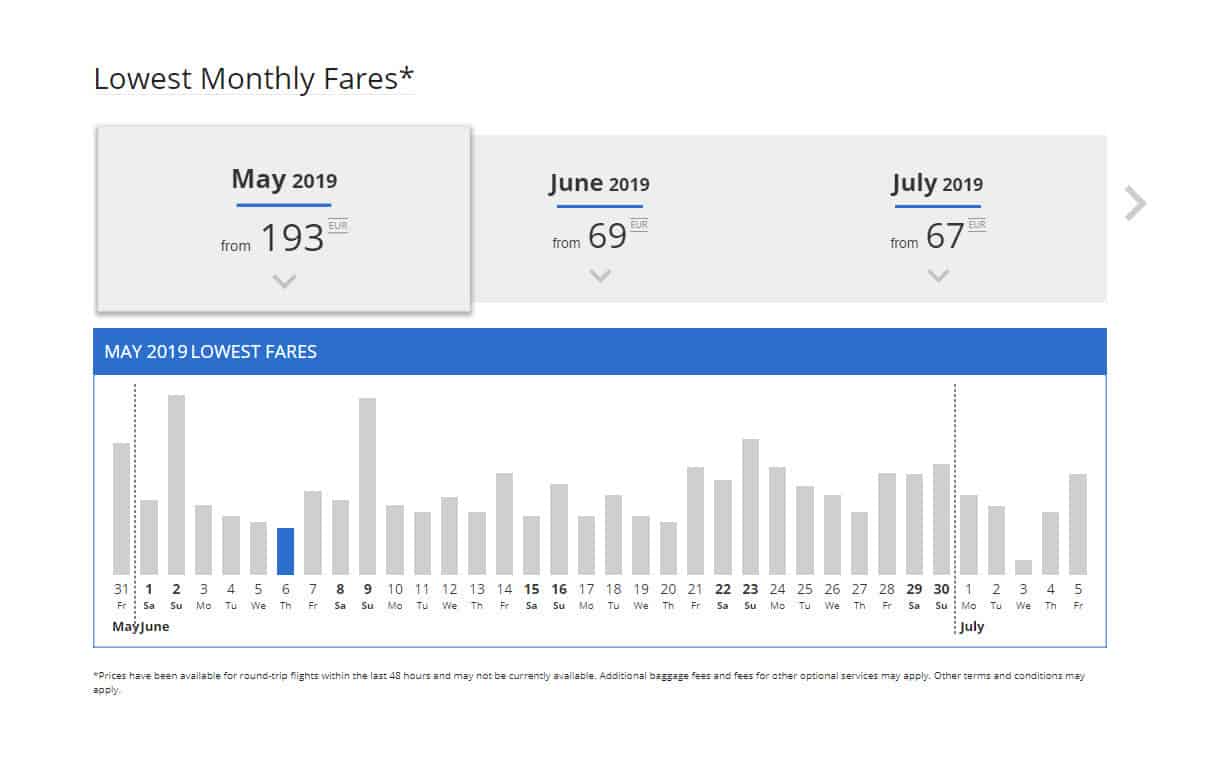
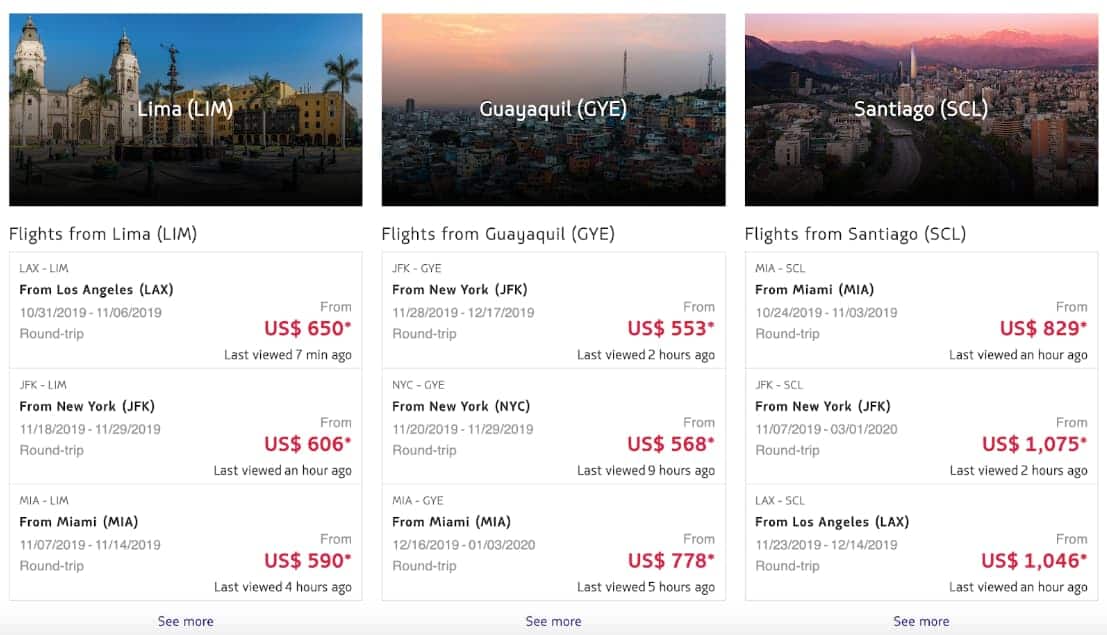
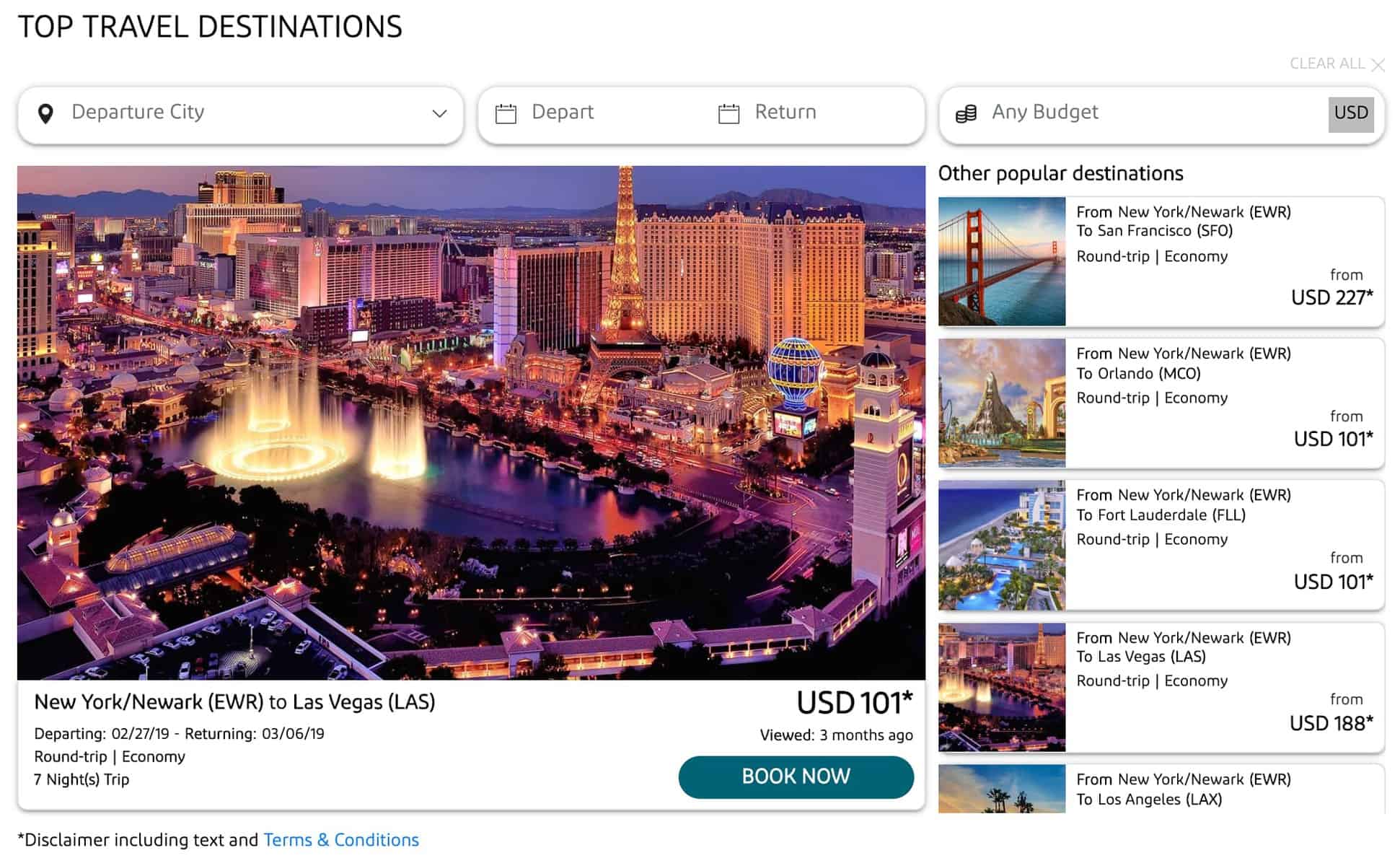
Step 3: Promote your route network with the Low Fare Map airModule
In the recovery phase, when routes are being reopened, airlines can showcase their expanding network in a single Route Map airModule. Airlines can highlight network differentiators on their most strategic routes, in custom pages and ad copy, and link to the Map airModule.
The Map airModule enables users to see all of the destinations in the airline’s route network at a glance. Users can filter results by origin, destination, budget, and travel dates.
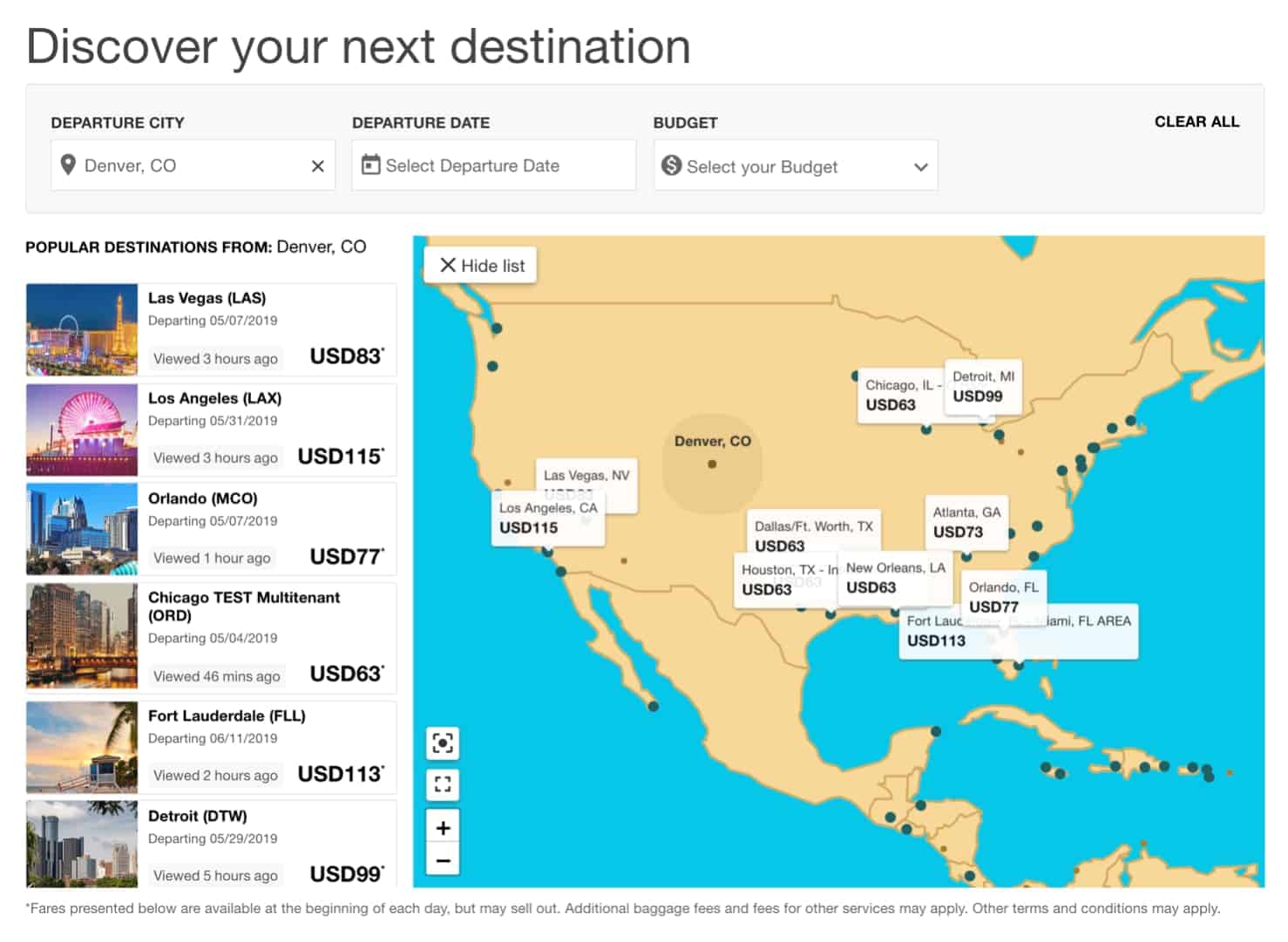
Tactic 3: Use Ad Extensions in Paid Campaigns
Ensure during the restart/recovery phase that new routes are displayed in the ad extensions for all the different campaigns. With airSEM products, airBLDR and airDPI, airlines can adjust ad copy and include the lowest available fare updated in real-time, and manage extensions in bulk.
Once top routes have been identified according to demand, airlines can promote those routes across their marketing channels to drive conversions and direct channel sales. View how to run a cross promotional campaign in our Promote Deals & Offers Playbook >
If paid campaigns are paused, airlines should reactivate the ones that pertain to the top routes. Airlines can adjust their offering in paid search campaigns for the most popular routes according to the Search Volume Dashboard.
airSEM enables airlines to easily adjust their paid search offering and includes dynamic price insertion of the lowest available fares in real-time for every advertised route.
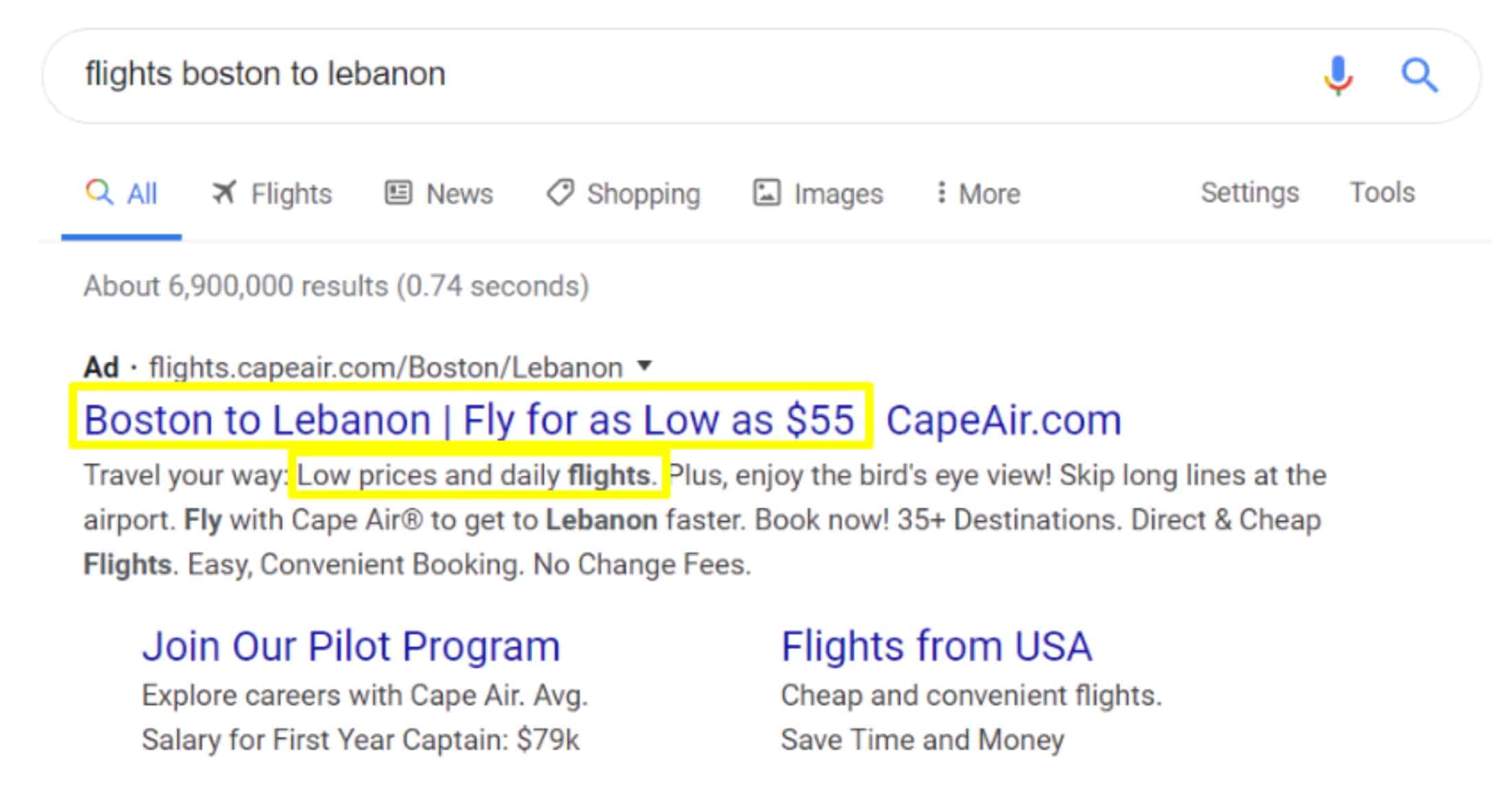
Tactic 4: Drive Traffic with FareWire
During the recovery phase,maximize efficiency by utilizing readily available resources such as the email channel.When routes are reopened, increase their visibility by using FareWire to display real-time lowest available fares in your email campaigns.
FareWire is a fully-hosted collection of APIs that allow airline marketers to easily deploy dynamic fare and flight information into their digital marketing channels. This gives airlines the ability to market their fares across the web, and ensures that the prices shown are the most up-to-date.
In the example below, FareWire is powering real-time fares that are personalized to the end user by identifying their city and airport of origin. Emails and ads like this drive traffic to the relevant airTRFX landing pages where visitors can find real-time fares for their next trip.
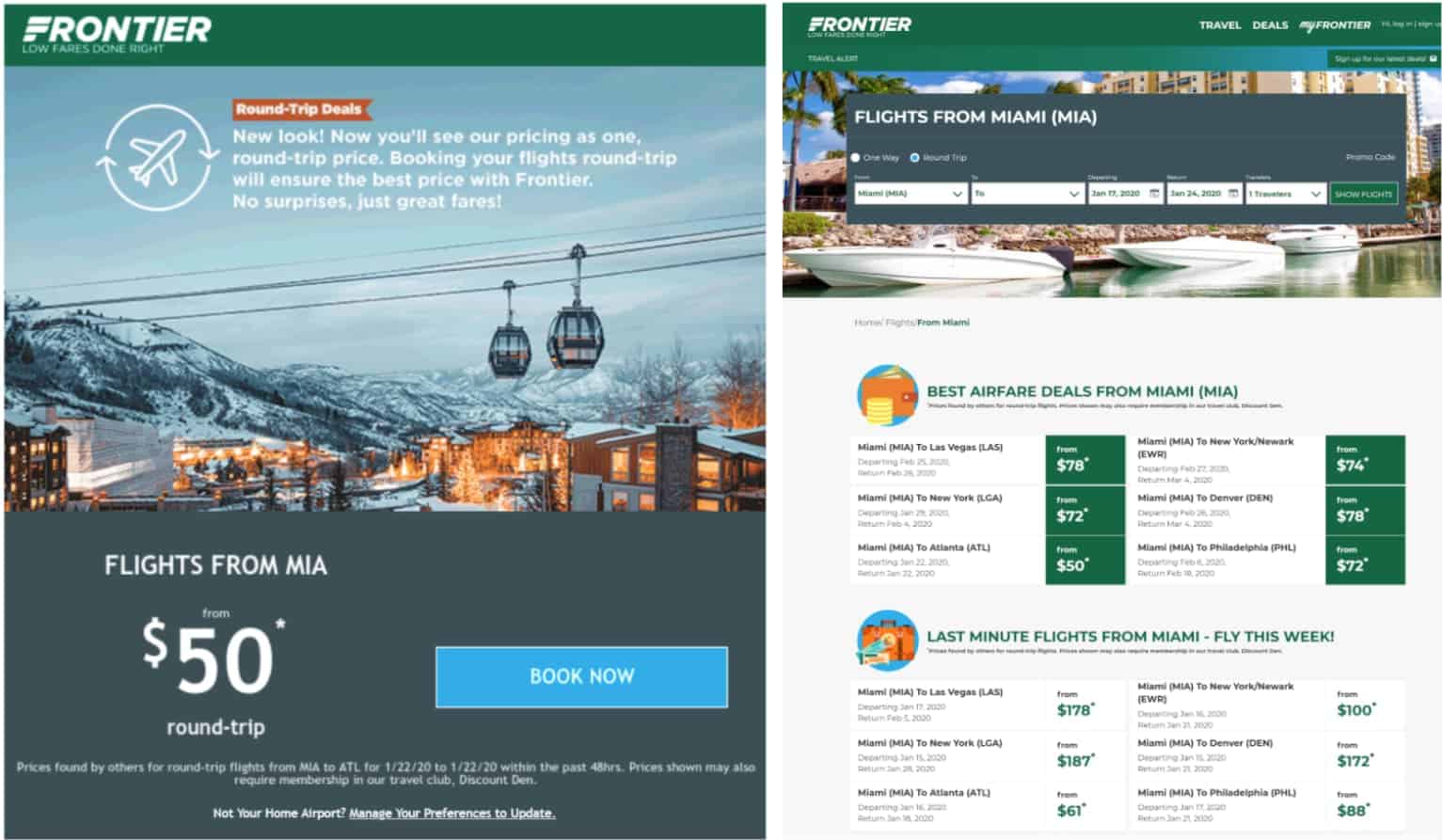
Additional Considerations
Check out the Flight Demand Tracker, which provides up-to-date insights on flight demand changes by region, based on anonymized data from over 40 airlines worldwide.
With FareNet Data, EveryMundo helps airlines assess which routes may be ready to add capacity, and react to the ever-changing environment. This tool provides valuable input to airline teams who are managing fare levels, providing a different perspective from traditional airline data sources.
airTRFX, airModules, airSEM, FareWire execute these tactics with speed, scalability and flexibility.
Please send your questions, talk with our product experts or your dedicated success manager [email protected]
EveryMundo Restart & Reacquire Playbooks
Understand Demand
Understand search demand for all routes to determine which routes are best to reopen, and when.
In this Playbook:
Utilize User Search Data
Forecast market demand from SEM
Promote Deals & Offers
Compete to acquire and reacquire customers with real-time, targeted fare promotions.
In this Playbook:
Run Cross-Channel Campaigns
Promote Future Travel Today
Sell Reopened Routes
Determine strategic routes to reopen, then acquire passengers with scalable marketing strategies.
In this Playbook:
Optimize SEM for Strategic Routes
Communicate Route Availability
Inform your Customers
Best practices to inform customers on and off your website.
In this Playbook:
Effectively communicate policies, restrictions and key info on and off your website at scale.
Reacquire Loyal Customers
Acquire new customers and reacquire loyal customers by advertising loyalty benefits.
In this Playbook:
Promote loyalty benefits
Display real-time miles fares
Focus SEO Efforts
Drive qualified traffic to your website with airline-specific SEO strategies.
In this Playbook:
Optimize organic search position
Maintain high SEO performance
Ready to Restart & Reacquire Customers?
We’ll show you how.

